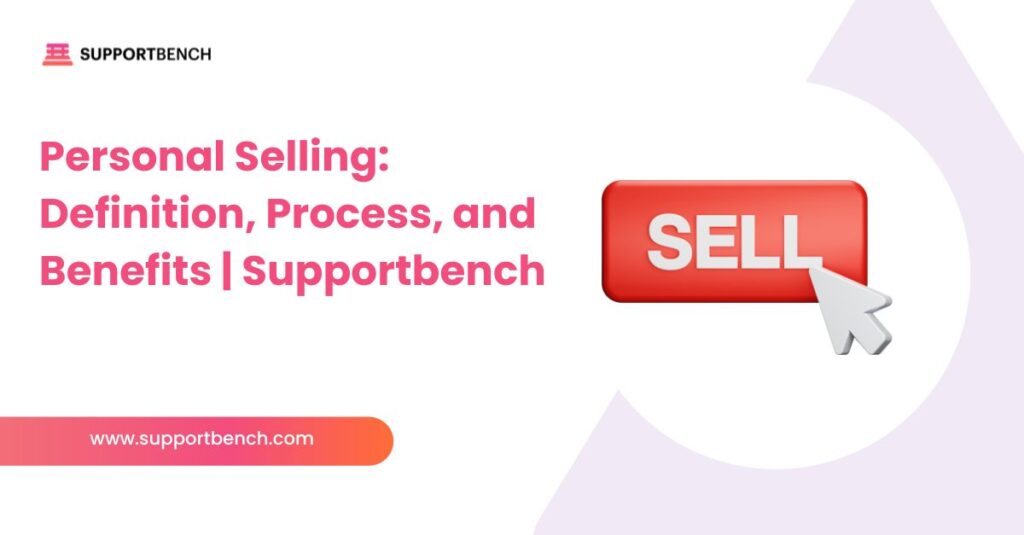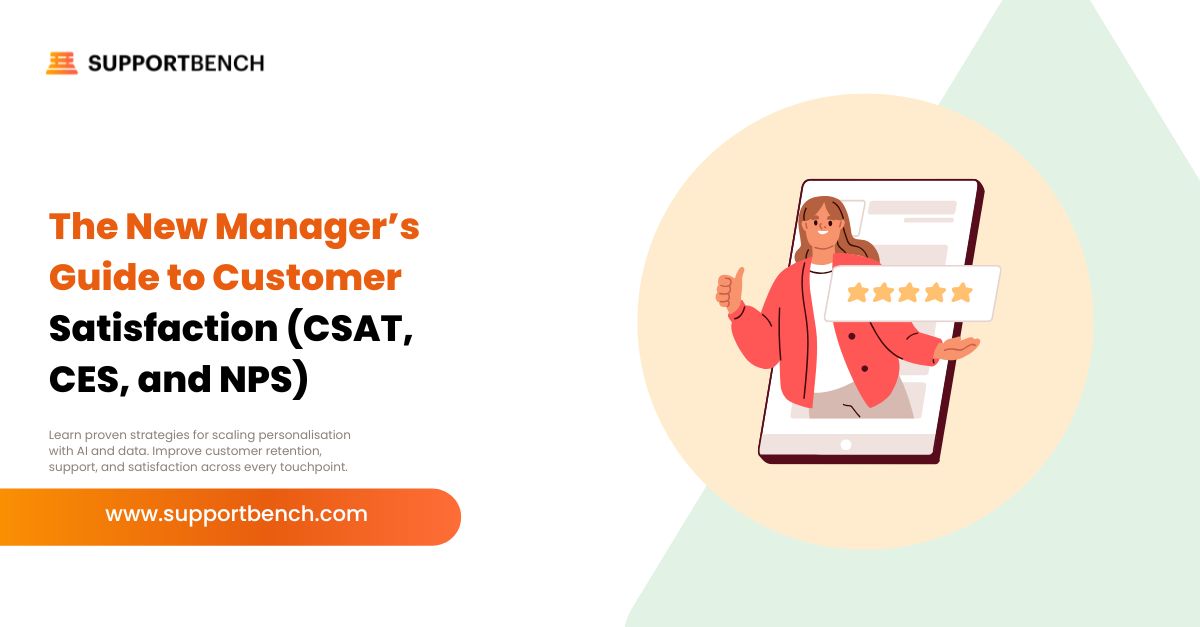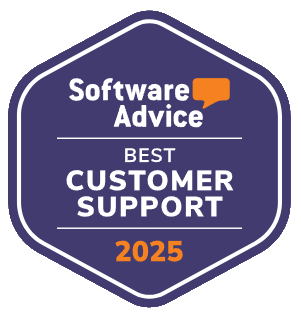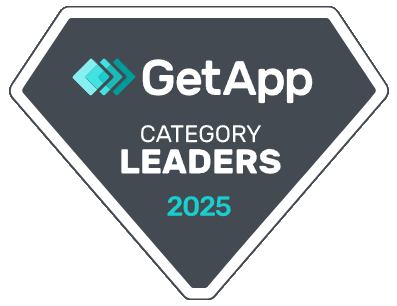When it comes to closing high-value, complex sales, digital campaigns alone rarely seal the deal. Buyers want more than automation—they want someone who understands their needs, answers tough questions, and builds real trust.
That’s where personal selling excels. It’s not about high-pressure tactics or polished scripts. It’s about meaningful, one-to-one conversations—whether in person or over video—that address uncertainty and guide clients toward confident decisions.
This guide breaks down what personal selling really is, outlines its step-by-step process, and explains how it gives your business a competitive edge when it matters most.
Here is the Quick Answer:
Personal selling is a one-on-one sales approach that builds trust through real-time, tailored conversations—especially effective in B2B and complex buying cycles. It follows a structured process: prospecting, preparation, presentation, objection handling, closing, and follow-up. Unlike automated outreach, it adapts to individual buyer needs and creates stronger, lasting relationships. With the right CRM and AI tools, like those offered by Supportbench, teams can scale personal selling without losing its human edge.
Why Scalable Sales Strategies Often Miss the Mark
Sales teams today are under pressure to move fast and scale wide. But too often, that leads to high-volume outreach and low-value engagement. Automated emails, templated LinkedIn messages, and dashboard metrics may create the illusion of progress—but they rarely build trust.
In B2B sales, where decisions are complex and stakes are high, generic messages fall flat. A CTO evaluating a six-figure solution won’t respond to a boilerplate email sent to hundreds. They expect relevance, clarity, and a human who understands their challenges.
This is where personal selling cuts through the noise. It’s not about volume—it’s about value. It’s not about reaching everyone—it’s about reaching the right person, at the right time, with the right conversation.
Technology isn’t the problem—misuse is. Tools should enhance human interaction, not replace it. And when your pitch sounds like it came from a system, not a person, your opportunity gets buried under the noise.

What Is Personal Selling? A Practical Definition
Personal selling isn’t just chatting with prospects or walking through product features. It’s a deliberate, consultative approach to helping buyers reach confident decisions—especially when the product is complex, the investment is significant, or the outcome has real consequences.
At its core, personal selling is a one-on-one interaction grounded in insight, timing, and trust. It works best in high-consideration sales—like B2B software, professional services, or specialized equipment—where clients need more than a product; they need a partner who understands their challenges.
Here’s how personal selling fits in:
- Marketing creates awareness.
- Sales drive transactions.
- Personal selling earns the buyer’s confidence and moves the deal forward when information alone isn’t enough.
This isn’t about being charismatic or persuasive for its own sake. The best personal sellers prepare thoroughly, ask smart questions, and position solutions with relevance—not pressure. Buyers aren’t looking for charm; they’re looking for someone who listens, interprets their needs, and lowers the risk of making the wrong decision.
To scale personal selling without losing its human touch, the right tools matter. Systems like Customer Relationship Management (CRM) platforms make it possible to personalize interactions, track context, and support deeper engagement at every stage.
5 Types of Personal Selling and When to Use Each
Personal selling isn’t a one-size-fits-all tactic. Depending on your industry, audience, and sales cycle, it can take different forms. Below are five key types, each suited to a particular context.

1. Retail Selling
This is the classic in-person interaction found in stores, showrooms, or kiosks. It’s quick, intuitive, and often emotion-driven—ideal for lower-cost or impulse purchases like clothing, electronics, or cosmetics. The key skill here is reading customers quickly and helping them decide on the spot.
2. B2B Selling
This is where personal selling delivers the most value. Complex solutions, longer sales cycles, and multiple decision-makers define B2B sales. Here, trust and relevance matter more than volume. Sales reps must understand business pain points, navigate internal politics, and offer tailored solutions.
3. Tele-Selling
Despite predictions of its decline, phone-based sales still work—if done right. It’s effective for urgent needs or straightforward offers. Success hinges on preparation and tone. The best reps turn cold calls into meaningful conversations by focusing on listening, not reading from scripts.
4. Direct Selling
Face-to-face selling outside traditional retail—door-to-door, events, home demos—still holds value in niche markets. Products that benefit from trial or local trust, like kitchenware or wellness subscriptions, often thrive here. It’s a high-effort model but offers high margins when executed well.
5. Consultative Selling
This is the strategic core of modern personal selling, especially in B2B. The salesperson acts more like an advisor than a vendor. By diagnosing issues, asking deep questions, and co-creating solutions, they build long-term trust. It’s slow, but powerful—especially for high-value sales.
The Personal Selling Process: 7 Key Steps That Drive Results
Effective personal selling follows a clear structure. It’s not about improvisation or charm—it’s about executing the right actions at the right time. These seven steps guide successful reps from first contact to long-term relationships.

Step 1: Prospect with Precision
Skip the spray-and-pray approach. Start by identifying prospects who have both the problem you solve and the authority to act. Use CRM filters, intent data, or segmentation tools to focus on high-fit leads. Great reps disqualify early so they can double down where it counts.
Step 2: Prepare with Purpose
Before reaching out, research the account. Understand the company’s pain points, decision-makers, recent milestones, and competitors. The goal is to show up informed and deliver insight—not just information.
Step 3: Make First Contact Count
Your opening message should spark interest, not sound like a pitch. Ask a sharp question, reference a relevant trigger event, or offer a useful observation. At this stage, your goal is to earn the right to continue the conversation.
Step 4: Present with Context
When it’s time to present, tailor everything—your messaging, examples, and value propositions—to the buyer’s reality. Don’t talk about features; talk about how those features solve the specific problems your buyer faces.
Step 5: Handle Objections Like a Partner
Objections aren’t pushback—they’re signals. Listen closely, reframe concerns when necessary, and clarify misunderstandings. Avoid being defensive; be collaborative. Your credibility is built here.
Step 6: Close with Confidence
If each previous step has been done well, the close should feel natural. Be direct, respectful, and clear about next steps. Confidence—not pressure—is what wins deals.
Step 7: Follow Through, Not Just Up
The real selling happens after the signature. Post-sale follow-up strengthens relationships and opens the door to renewals, upsells, and referrals. Use tools like CRM systems for business development to track touchpoints and avoid dropped balls.

Use Automation to Enhance Clarity, Not Replace Connection
Sales teams often confuse automation with efficiency. The result? Cluttered inboxes, templated outreach, and generic follow-ups that do more harm than good. Technology should streamline the process—not strip away the human element.
The real shift lies in how you use automation. Instead of automating every touchpoint, automate what adds clarity:
- Smart CRM systems surface key account insights so reps walk into meetings informed.
- AI-powered summaries capture essential details from email threads and notes, helping teams stay aligned.
- Deal tracking dashboards highlight bottlenecks in the pipeline and offer data-backed guidance on next steps.
These tools don’t replace sales reps—they empower them to focus on what matters: building trust, reading between the lines, and adapting in real time.
High-performing teams don’t send more—they send better. They use automation to:
- Remove admin friction.
- Deliver personalized context faster.
- Help reps focus on problem-solving over data entry.
Want to scale personal selling? Stop looking for ways to automate human touchpoints. Start using tech to support thoughtful, well-timed engagement.
The Challenges of Personal Selling: What Slows You Down
Personal selling works—but it’s not without trade-offs. The same traits that make it powerful also make it vulnerable to bottlenecks. Here’s what often gets in the way:
1. No Structure = No Scale
One-on-one selling can’t run on instinct alone. Without standardized processes and clear visibility, you’re left guessing who’s closing and why. Even top performers can stall if the backend is messy.
2. Rep Quality Drives Everything
In personal selling, there’s nowhere to hide. Reps who lack curiosity, active listening skills, or adaptability struggle. Success depends not on charisma, but on disciplined execution and real-time thinking.
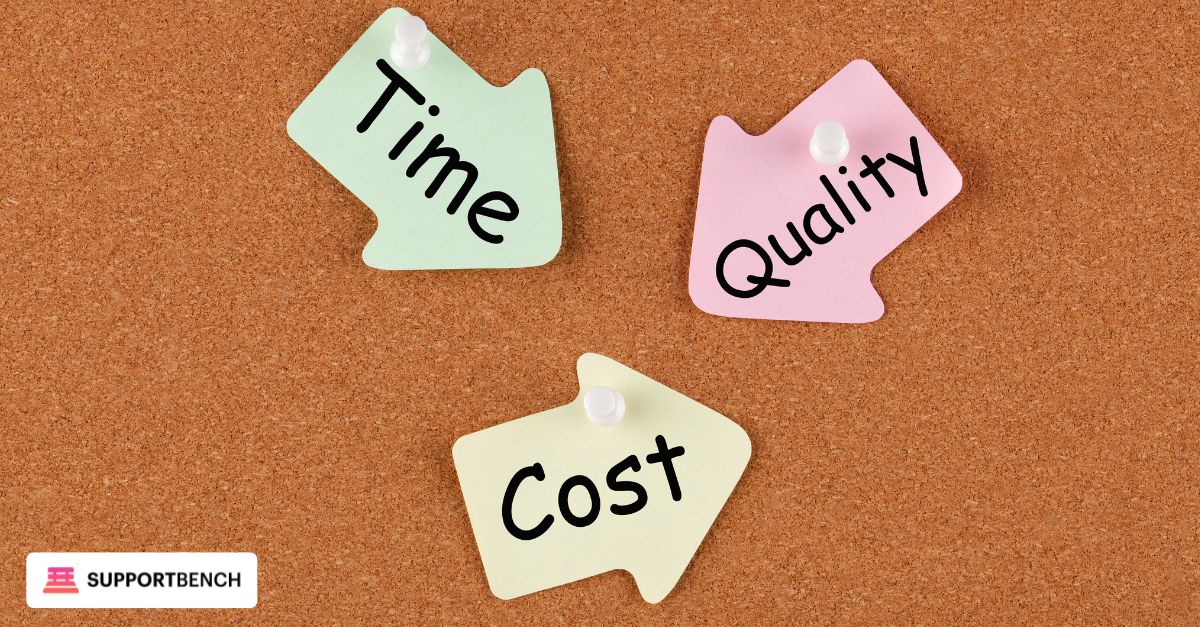
3. Time Is the Cost
High-value sales take time—discovery, follow-up, relationship-building. If reps are pressured to maximize quantity over quality, they’ll default to shortcuts. And shortcuts rarely build trust.
4. Inconsistent Messaging Hurts the Brand
Without proper enablement, reps may overpromise or deliver conflicting information. That’s how deals fall through—and reputations suffer.
Solution? Equip and Align.
The right tools bridge the gap. CRM systems, performance dashboards, and workflow automation give reps structure without micromanagement. Platforms like Supportbench help teams align around best practices, deliver consistent experiences, and scale quality—not just output.
How Personal Selling Stands Out from Other Sales Approaches
Not all sales strategies deliver the same results—especially in B2B environments. Personal selling earns its edge by doing what digital tactics can’t: adapting in real time, human to human. Let’s look at how it compares to other common methods.
Key Differences Across Sales Approaches | ||||
Feature | Personal Selling | Inbound Marketing | Automated Outreach | Telemarketing |
Interaction Type | One-On-One, Face-To-Face or Virtual | One-to-Many, Content-Driven | Message-Based (Email/SMS) | Scripted Phone Conversations |
Adaptability | High – Adjusts Live to Buyer Signals | Moderate – Based on Personas | Low – Heavily Template-Reliant | Moderate – Some Real-Time Flexibility |
Conversion Depth | Deep – Trust-Driven Relationships | Shallow to Moderate | Low | Moderate |
Cost Per Interaction | High – Requires Time and Attention | Low | Very Low | Medium |
Scalability | Low – Human Resource Dependent | High – Content Scales Easily | Very High | Medium – Requires Reps |
Best Use Case | Complex Products, B2B, High-Ticket Sales | Lead Nurturing, Thought Leadership | High-Volume Prospecting | Basic Qualification, Subscriptions |
Key Takeaways:
- Personal Selling vs. Advertising: Ads generate visibility, not conversations. Reps can tailor answers in real time—ads can’t.
- Personal Selling vs. Digital Marketing: Digital scales awareness. Personal selling converts trust.
- Personal Selling vs. Funnels: Funnels automate interest. Personal selling builds intent.
- Personal Selling vs. Inbound Sales: Inbound waits. Personal selling initiates.
When your deal hinges on nuance, hesitation, or complex objections, personal selling wins. Not because it’s louder—but because it’s specific, responsive, and real.
Tech Without Tension: How to Integrate Modern Tools Into Personal Selling
Technology can either amplify your top reps—or drown them in dashboards. The key is alignment. When tools are built to support, not replace, human interaction, they help sales teams close faster, smarter, and more consistently.
Use Tools That Amplify the Rep, Not Replace Them
The right platforms give your team room to think, adapt, and win. Here’s how:
- CRM Systems: Powerful when updated in real time. They should support meaningful interactions, not just log them.
- AI-Powered Call Insights: Great for coaching reps with playback and contextual suggestions—without resorting to micromanagement.
- Custom Dashboards: Prioritise clarity over clutter. Highlight actionables, not vanity metrics.
- Workflow Automation: Streamline prep work and follow-ups. But never automate the pitch itself.
What Real Integration Should Do
Many stacks grow wide, not deep. True integration should:
- Remove admin overload.
- Surface context-specific insights during live calls.
- Improve onboarding and training through real-time data feedback loops.
A smart CRM, like Supportbench, does exactly that. It equips your reps with the information they need before the call starts, not after deals go cold. It doesn’t interrupt the sales rhythm—it strengthens it.
When reps can focus on real conversations, not data entry, personal selling regains its edge. And in a competitive B2B landscape, that edge matters.

The Real Advantages of Personal Selling
In a world filled with automated pitches and digital distractions, personal selling brings back what most strategies forget—human connection.
Here’s what sets it apart:
✔ It Builds Trust That Lasts
When reps engage one-on-one, customers feel heard, understood, and valued. That emotional trust often outweighs price or product parity—and leads to lasting loyalty.
✔ It Adapts in Real Time
No landing page or drip campaign can pivot mid-conversation. Personal selling allows reps to adjust their approach based on the buyer’s tone, questions, and objections—on the spot.
✔ It Delivers Tailored Solutions
Great reps don’t just sell; they solve. Personal selling allows them to frame the offering around a client’s actual needs—not hypothetical personas.
✔ It Closes Deals Faster
While automation casts a wide net, personal conversations drive clarity—and clarity accelerates decisions. Well-executed personal selling can shorten the sales cycle and improve close rates.
✔ It Strengthens Post-Sale Relationships
Selling doesn’t stop at the close. Reps who follow up with genuine intent often turn one-time buyers into repeat customers and vocal advocates.
Personal selling isn’t about charm. It’s about trust, timing, and listening—traits that can’t be automated. When done right, it doesn’t just convert; it compounds.
Let Supportbench Power Your Selling Strategy
Even the most skilled sales rep needs a system behind them. That’s where Supportbench comes in.
Designed to streamline and support high-touch sales processes, Supportbench brings clarity and structure to every stage of the personal selling cycle. From ticket tracking and workflow automation to intelligent CRM features, it eliminates the chaos that often derails relationship-driven selling.
With Supportbench, your team can:
- Gain instant visibility into pipeline progress
- Automate post-sale follow-ups to maintain momentum
- Surface customer insights in real time—before the next call
- Deliver a consistent message across all reps and channels
By reducing friction and enhancing follow-through, Supportbench lets your salespeople focus on what really moves the needle: trust, timing, and high-value conversations.
Because the right tool doesn’t just support the sale—it sharpens it.
Conclusion
Personal selling is more than a technique—it’s a strategic edge in today’s relationship-driven market. When reps lead with relevance, listen actively, and deliver real value, they create the kind of trust no email sequence can replicate.
But success doesn’t rely on instinct alone. Behind every standout conversation is a solid system.
That’s why Supportbench matters.
With tools built for human-first selling—smart workflows, CRM visibility, and seamless follow-through—Supportbench gives your team the support they need to close with confidence and scale with consistency.
Because great sales don’t happen by accident. They happen when people connect—with the right systems behind them.


